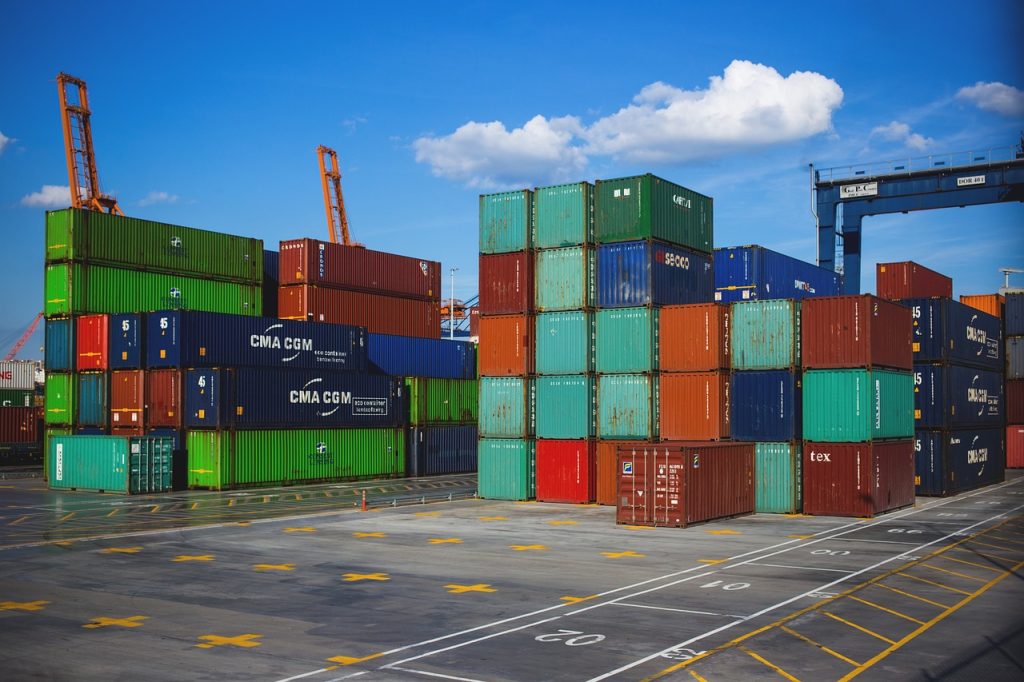All fields are required
Posted in Food Safety,Our Blog,Outbreaks & Recalls on October 8, 2025

News of the FDA response to Cesium-137 contamination has come from the agency this week. The agency has announced that they are exercising the rights to certain historically unused tools to protect American consumers from this radioactive threat to the food supply.
Here’s what we know about the situation so far.
In August, U.S Customers and Border Protection (CBP) detained several shipping containers bringing product to the United States from Indonesia. This involved product arriving in the country at the ports of Los Angeles, Houston, Savannah, and Miami.
What started out as a recall for a single brand of breaded shrimp quickly escalated to a large scale recall and public safety alert as additional shipping containers have tested positive for the radioactive isotope.
Cs-137 is a radioisotope of Cesium. It is a man-made contaminant produced through nuclear reactions. According to the FDA, it is widespread and found world wide. Trace amounts of this radioactive isotope can be found in the environment across the globe.
Soil, food, and air could be contaminated with it. From there, it can contaminate food that comes into contact with it.
Fortunately, Cs-137 is one of the radioisotopes the FDA monitors for in food. Samples of food imported into the country are scanned for it. Any unexpected discovery of Cs-137 in a food product prompts an investigation.
Which is what started this entire situation. Proving that the system works.
Small amounts of Cs-137 typically do not cause serious health problems. Large exposures on the other hand, or repeated low dose exposure over time, present an increased risk for cancer and mammary tumors.
Acute radiation syndrome, caused by high doses of Cesium radioisotopes can cause nausea, vomiting, diarrhea, bleeding, coma, and even death.
An FDA response to Cesium-137 has prompted the agency to use all of the regulatory tools at their disposal.
The FDA response to Cesium-137 contamination has prompted the agency to use this standing tool to place more stringent demands on the originating country’s imported food products.
Section 801(q) of the Federal Food, Drug, and Cosmetic Act created through the Food Safety Modernization Act gives them this authority.
The purpose of this tool is to provide a governing authority, enacting certain requirements that will ensure the imported product meets the minimum standards required by those producing food products within the United States.
This authority is exercised when there is:
Now that the FDA response to Cesium-137 from Indonesian products has been invoked, what exactly does that look like for companies from that country that wish to continue exporting their products to the United States?
First, all imports from that area have been barred from entry. Import alerts designed to catch customs agent’s attention have been in place throughout much of this situation.
Then, FDA will designate who can provide import certification. This could be an agency within the originating government or a third-party certification body that is accredited (by FDA) to perform this activity. This determination is dependent upon the accessibility and trust in that particular county’s own food safety agency.
From there, certain certification forms will be required. According to FDA, this could include (but is not limited to) shipment-specific certificates, listing of certified facilities, testing records, audit reports, certificates of analysis, and other pertinent documentation.
In addition to the existing import alert for PT. Bahari Makmur Sejati, the firm traced back in the FDA response to Cesium-137-contaminated shrimp (IMPORT ALERT #99-51), a more broad import alert was established.
This import alert, IMPORT ALERT #99-52, has been issued for certain food products originating from the Island of Java and Lampung Province on the Island of Sumatra in Indonesia.
“IMPORT ALERT #99-52, DETENTION WITHOUT PHYSICAL EXAMINATION OF CERTAIN HUMAN FOOD PRODUCTS FROM CERTAIN REGIONS IN INDONESIA SUBJECT TO THE REQUIREMENT OF IMPORT CERTIFICATION PER SECTION 801(Q) requires certification for:
At this time, no other areas of Indonesia or products are subject to these stringent requirements. Though spices have recently been added to the list. So, additional products may be included as needed to protect American consumers.
Beginning October 31, 2025, firms wishing to import food from these categories from this region must comply or they will not be allowed entry into the United States. This requirement will continue until the FDA determines the risk of Cesium-137 contamination is no longer associated with the products and geographical region.
The FDA affirms that “no product that has tested positive or alerted for Cs-137 has entered U.S. commerce.” Imported shrimp held by U.S. Customs alerted for Cesium-137. But tests determined the concentration observed was below “FDA’s Derived Intervention Level for Cs-137” within the United States.
However, recalls were announced out of an abundance of caution for products manufactured by that company.
Consumers can review FDA safety alerts for certain frozen shrimp products and check their fridges and freezers to ensure they do not consume these products.
The FDA will continue to issue advice as needed.
If you suspect you have been exposed to elevated levels of Cesium, talk to your healthcare provider right away. Certain tests on your blood, feces, saliva, and urine can determine whether or not the radioactive isotope is being excreted from or remains inside your body at higher than normal levels.
If you have been negatively impacted by potentially contaminated shrimp, you should also get advice from an experienced Food Poisoning Lawyer.
Contact the experienced Food Poisoning Lawyers at The Lange Law Firm.
Medical bills, lost wages, and other burdens associated with food poisoning add up.
The Lange Law Firm offers free consultations and can help you explore your legal rights. Reach out for your free consultation by phone at (833) 330-3663 or click here to email.
By: Heather Van Tassell (contributing writer, non-lawyer)